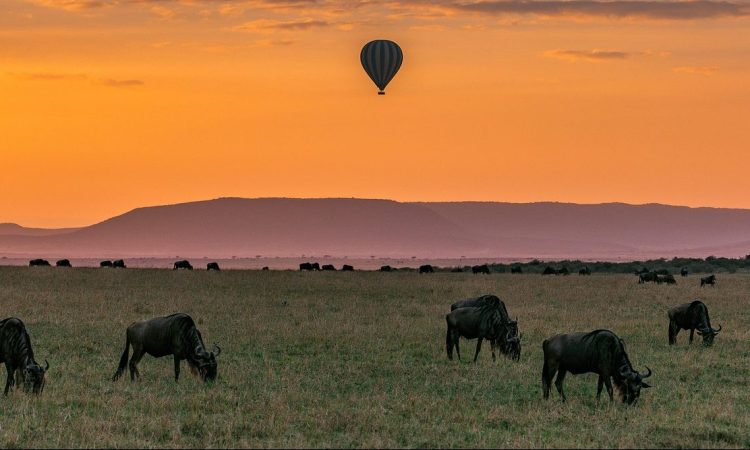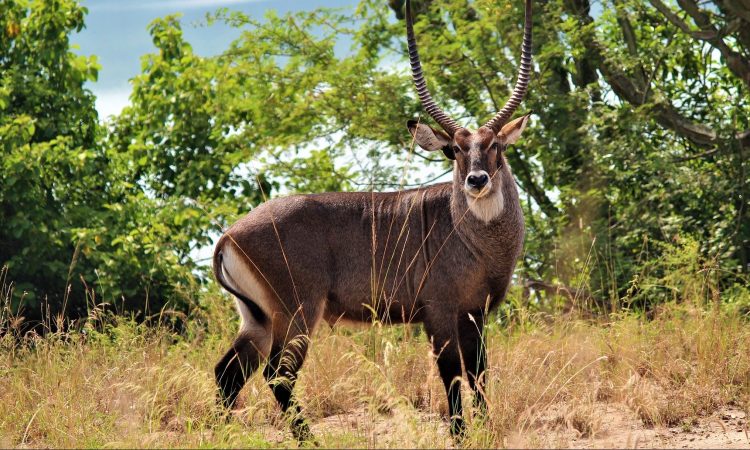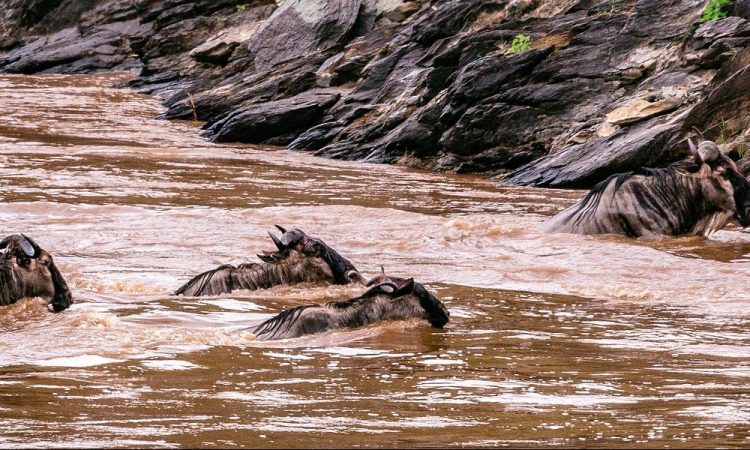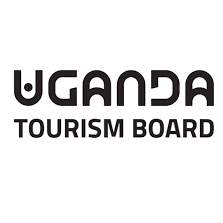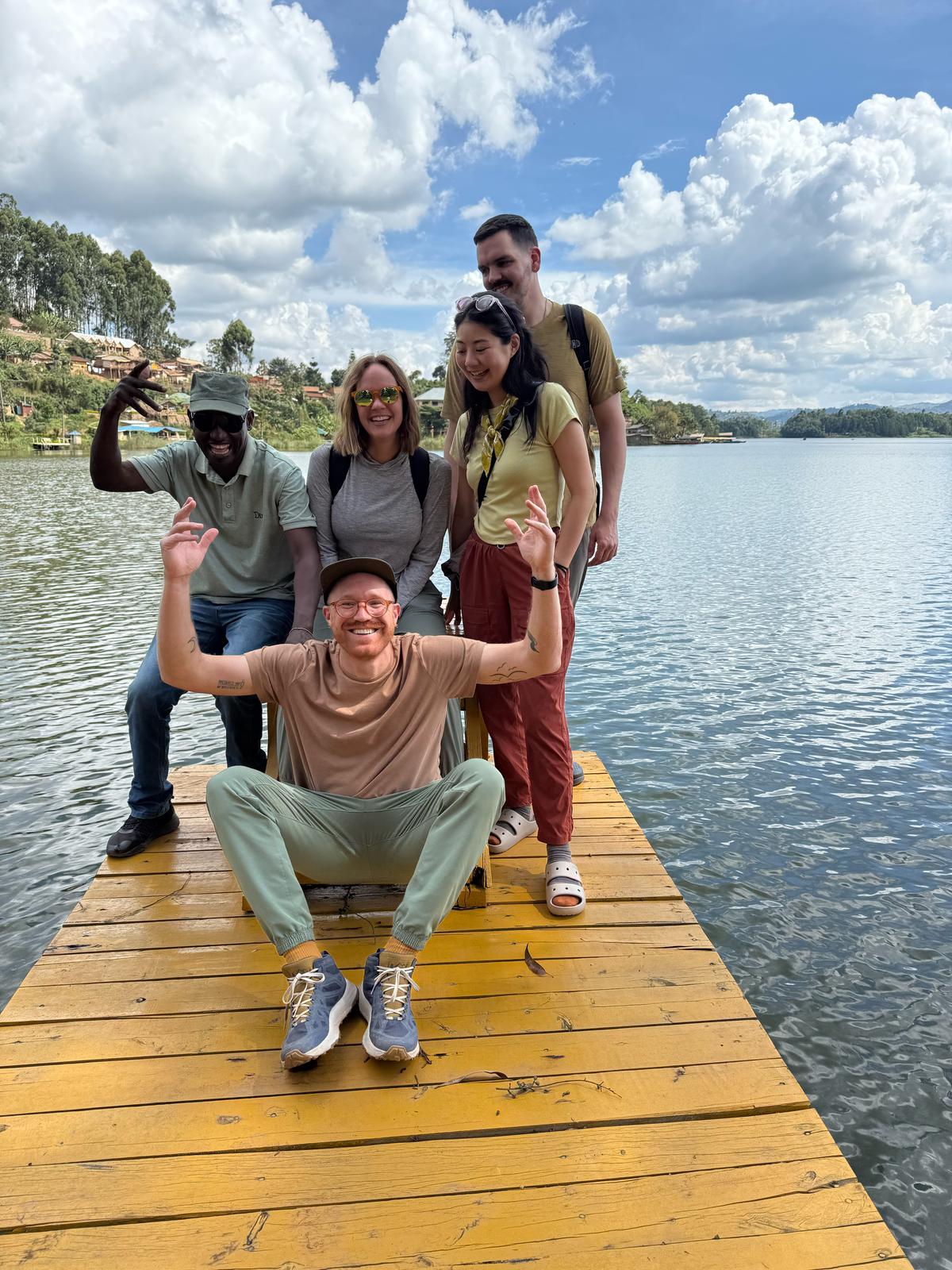Want to go gorilla trekking in Mgahinga National Park? Mgahinga Gorilla National Park, Uganda's smallest park at 33.7 sq km, borders Rwanda's Volcanoes National Park and Congo's Virunga National Park. It houses one gorilla family, the Nyakagezi Group. Named after Mount Gahinga, the park, part of the Virunga Conservation Area, offers unique gorilla trekking tours and includes Mount Sabinyo, Mount Muhabura, and Mount Gahinga. See some of our top Mgahinga gorilla tours below.
Mgahinga Gorilla Trekking Safaris
-
 Request Price
Request Price3-Day Mgahinga Tour – Gorilla Trekking & Golden Monkey Encounter
View Tour -
 Request Price
Request Price15-Day East Africa Safari – Primate Trekking, Wildebeest Migration & Big Five Adventure
View Tour -
 from $4000 Per Person
from $4000 Per Person15-Day Uganda Safari – Primates, Game Drives & Cultural Tours
View Tour -
 Request Price
Request Price18-Day East Africa Safari – Ultimate Gorilla, Wildlife & Cultural Adventure
View Tour -
 Request Price
Request Price18-Day Uganda Primate Trekking & Rwenzori Mountain Adventure
View Tour -
 Request Price
Request Price21-Day Grand Uganda Safari – Explore the Pearl of Africa
View Tour
The Mountain Gorillas in Mgahinga National Park
The only habituated gorilla family in Mgahinga Gorilla National Park is the “Nyakagezi gorilla family.” The family is composed of 2 adult females, 2 infants, 2 blackbacks, a toddler, and three silverbacks, with Mark as the dominating silverback, assisted by the others.
Nyakagezi gorilla family was habituated in 1991 and was formally opened up for tourists to visit in 1994. The family is one of the easiest gorilla groups you can ever trek, as they have a more limited range of mobility.
Comparing Gorilla Trekking in Mgahinga vs Bwindi Impenetrable National Park

Mgahinga Gorilla National Park and Bwindi Impenetrable National Park are two amazing gorilla trekking destinations in Uganda. They both offer incredible mountain gorilla viewing experiences but differ in a couple of ways.
Let’s look at some of the comparisons between gorilla trekking in Mgahinga and Bwindi, helping you choose your ideal gorilla park in Uganda.
Location and Accessibility
Perched in the extreme southwestern corner of Uganda (In the Virunga Conservation Area), Mgahinga shares its borders with DR Congo and Rwanda. The park is accessible from both Kampala and Kigali. The drive from Kampala takes approximately 9 hours whereas the drive from Kigali takes approximately 4 hours.
Bwindi is much closer to Kampala than Mgahinga but further from Kigali. This however, depends on the sector you are bound to trek gorillas from. The driving time remains the same; because the access road to Bwindi is not smooth.
Gorilla Habituation and Population
Mgahinga is home to only one habituated mountain gorilla family, the Nyakagezi group. This family is composed of 2 adult females, 2 infants, 2 blackbacks, a toddler, and three silverbacks, with Mark as the dominating silverback, assisted by the others.
Uganda has over 18 habituated mountain gorilla families in Bwindi Impenetrable National Park. Each family can be visited by 8 tourists per day and they are distributed within the four sectors of Bwindi: Ruhija sector, Rushaga sector, Buhoma sector, and Nkuringo sector.
Landscape and Trekking Experience
Mgahinga’s terrain is very different from that of Bwindi. The park is located in the Virunga Conservation Area, where the other half population of gorillas live. The trekking experience here is however, easy and shorter because the groups prefers to stay at lower altitudes. Tourists that prefer less strenuous and shorter treks are encouraged to trek gorillas in Mgahinga.
Bwindi on the other hand offers quite a challenging hike as its terrain is quite steep and comprised of dense vegetation. Some sectors like Nkuringo are very hard to trek in. Buhoma and Ruhija sectors are easy to trek in.
However, there are also options for easier and shorter hikes in the Rushaga sector of Bwindi.
Permit Costs
Gorilla permit costs for both gorilla parks is the same at $800 each. However, depending on the tour operator you are using, it is easier to offer you complimentary and discounted permits when trekking in Bwindi because of the various trekking options that the park offers. Our agency offers one free gorilla permit to clients that book trips longer than 20 days or travel in groups larger than ten.
So what’s the perfect choice?
Choosing to go gorilla trekking in Mgahinga Gorilla National Park or Bwindi Forest National Park depends on what you want or what’s easier for you. Mgahinga offers the most perfect intimate adventure experience with a much smaller gorilla family. The only challenge is the trek might seem so easy for you and feel like you haven’t gotten the worth of your money.
Tourists that prefer a more challenging trek should visit Bwindi instead. Bwindi also offers a much higher chance of gorilla sightings since it has so many gorilla families. As mentioned before, the trekking difficulty depends on the sector. Nkuringo and Ruhija sectors offer the most challenging treks.
Regardless of the mountain gorilla park you chose, the experience of seeing gorillas walking in the wild is one for the books. It’s very unique; one you cannot encounter easily. It takes a lot of planning and courage to come see the gorillas in Uganda.
Both Mgahinga Gorilla National Park and Bwindi Impenetrable National Park has the same gorilla species – mountain gorillas; so regardless of where you trek from, you will still see the same gorillas. You will only trek different gorilla families.
Best time to trek gorillas in Mgahinga

Mgahinga Gorilla National Park can be visited year-round, although some months are better than others. The best seasons are during the dry months from June to September and December to January when the roads are in good and passable condition.
You can reach Mgahinga National Park from Kampala, the capital of Uganda, by car, with a drive of 8 to 10 hours offering magical views along the way. Alternatively, the easiest way is to fly into Kigali, Rwanda, and then drive to Mgahinga, which takes approximately 4 hours by road.
Mgahinga Gorilla Trekking Tips & Advice
Reading through tips and advice is a great way to prepare yourself, and the same applies to gorilla trekking in Mgahinga National Park. Browse through some of our common gorilla trekking tips below.
- Tourists must always book their permits in advance, especially when trekking with gorillas during the peak season.
- While booking gorilla permits, tourists are advised to book with the organizations responsible for selling permits or use a trusted tour company.
- Mountain gorillas live in higher elevations of tropical and sub-tropical rainforests that sometimes receive rainfall even in the drier months. You are advised to come with raincoats, warm clothes, waterproof hiking boots, jackets, and garden gloves, among other items.
- For budget travelers, the best time for trekking with gorillas is in the low season.
- Luxurious and mid-range travelers can visit the Buhoma sector of Bwindi Impenetrable National Park.
- Tourists should endeavor to book accommodation within the sector in which they have obtained permits. This is because you can spend a lot of time moving from a lodge in one sector to trek in another sector.
- People with disabilities should inform the park headquarters in advance or a tour operator about the situation to make it easier to book sedan seats or bamboo stretchers ahead of time and also to allocate a nearby gorilla family for you.
- Always follow the gorilla trekking rules and regulations and avoid making gorillas feel insecure to prevent them from charging at you.
- Engage in physical fitness exercises because gorillas live at high elevations that require hiking and physical fitness is essential.
- Rwanda and Uganda share the same climate zone in their gorilla trekking national parks. Mountain gorillas can be visited all year round, but some months are more convenient than the rest, so the best time for gorilla trekking is from June to September and December to February.
Recommended Gorilla Trekking Gear & Equipment

The recommended gorilla trekking gear for the wet season includes:
- Rain jacket
- Good hiking boots
- Garden gloves
- Long-sleeved clothes
- Warm clothes
The recommended gorilla trekking gear for the dry season includes:
- Sunglasses and hats
- Sunscreen
The recommended gorilla trekking gear for both the dry and wet seasons includes:
- Drinking water
- Binoculars
- Cameras and batteries
- Energy snacks and packed lunch
- Insect repellents
Other Things to Do in Mgahinga Besides Gorilla Trekking

Besides gorilla trekking tours, Mgahinga has a lot more things to do. Some of these include; bird-watching, hiking and nature walks, Golden Monkey trekking, mountain climbing, and Batwa cultural walks, among a few more tourist activities.
The beauty about this park is the terrain. The Virunga Conservation Area is a very good place for scenery viewing.
Engaging in any of the mentioned Mgahinga activities rewards you with a good scenery viewing experience.
Mountain Climbing and Hiking
Mgahinga gorilla national park is home to 3 of the Virunga ranges volcanoes that can all be hiked for an unforgettable experience.
Mount Sabyinyo is one of the volcanoes you can hike and it can only be done from the Ugandan side because of its rugged nature from the Rwandan side, standing at an elevation of 3,669 meters above sea level which takes about 8 hours round trip to reach the peak.
Mount Gahinga, on the other hand, is 3,474 meters above sea level with scenic views and crater at its peak, the hike roughly takes about 6 hours for a round trip depending on, the speed of the hikers.
Mount Muhabura is the highest peak of the Virunga volcanoes in Uganda at an elevation of 4,127 meters above sea level. The climb to mount Muhabura will require some physical fitness but the reward of stunning views at the top are worth the hustle.
Golden Monkey Trekking in Mgahinga National Park
The renowned golden monkeys are endemic to the Albertine Rift and are on the list of some of the world’s endangered monkey species. Mgahinga Gorilla National Park is home to over 4,000 golden monkeys. Trekking for golden monkeys is not as strenuous as gorilla trekking because they live on the lower slopes, unlike gorillas who inhabit the higher slopes.
One advantage of trekking for golden monkeys is that there is no limited number of people allowed to trek a given group, unlike gorillas, where only eight people are allowed to track in a group. Additionally, the golden monkey permits are cheaper, costing only $50 per person.
Wildlife Viewing in Mgahinga National Park
Mgahinga Gorilla National Park is not only home to mountain gorillas and golden monkeys, but there are also many other animals living in the park, such as bushbucks, duikers, bush pigs, waterbucks, civets, giant forest hogs, and primates like the black and white colobus monkeys, blue monkeys, red-tailed monkeys, De Brazza’s monkeys, L’Hoest monkeys, grey-cheeked mangabey, and many more.
Birding in Mgahinga
Mgahinga National Park is home to various birds, some of which are endemic to the Albertine region. There are 79 species of birds recorded within the park, and some examples include the Grey-capped warbler, yellow-vented bulbul, speckled mousebird, firefinch bird, whydah, stonechat, Lagden’s bush shrike, scarlet-tufted Malachite sunbird, black kite, crowned hornbill, Kivu ground thrush, montane double-collared sunbird, dusky turtle dove, crowned crane, white-tailed blue flycatcher, Ruwenzori Turaco, Chubb’s cisticola, Alpine chat, Doherty’s bush shrike, cinnamon-chested bee-eater, Mackinnon fiscal, Alpine chat, white-eyed slaty flycatcher, yellow-crowned canary, grassland pipit, wing-snapping cisticola, yellow-throated longclaw, and many others.
Cultural Encounters in Mgahinga
The Batwa Trail in Mgahinga National Park is a must-visit place while in Mgahinga Gorilla National Park. This will provide you with insight into the Batwa tribe, whose guide will give you all the information you need about the Batwa people who once lived in the forest before it was designated as a national park. The Batwa people were hunter-gatherers who depended on the forest for everything.
The trail leads you to the Garama cave, which is about 300 meters long and was used by the Batwa in ancient times as a counseling chamber. The visit ends with a Batwa traditional dance performed by local dancers at the cave. On the way, you can encounter various wildlife and birds, and don’t forget to learn from the Batwa guide about different plant species and how they use them.
Getting There

Mgahinga National Park can be reached by air through Entebbe International Airport or Kajjansi airfield. The nearest airstrip to Mgahinga is Kisoro Airstrip.
Kisoro airstrip is approximately six kilometers from the Rwandan border and 343 kilometers southwest of Entebbe International Airport.
It’s proximity to the Rwandan border makes it easily accessible if a client were to arrive and depart from Kigali City.
Where to Stay in Mgahinga – Accommodation Guide

Mgahinga Gorilla National Park is the less popular Uganda gorilla trekking destination. It is home to only one mountain gorilla family and for this reason, there are not so many accommodation options here.
However, it’s proximity to Rushaga & Nkuringo sectors of Bwindi Impenetrable National Park, Lake Mutanda, Kisoro and Lake Chahafi makes it accessible from gorilla safari lodges within these areas.
Good luxury gorilla safari lodge options are Mount Gahinga Lodge and Mutanda Lake Resort. Mid-range options include Travelers Rest Hotel, Ichumbi Hotels, and Lake Chahafi Resort.
The best budget option here is Mucha Lodge.


